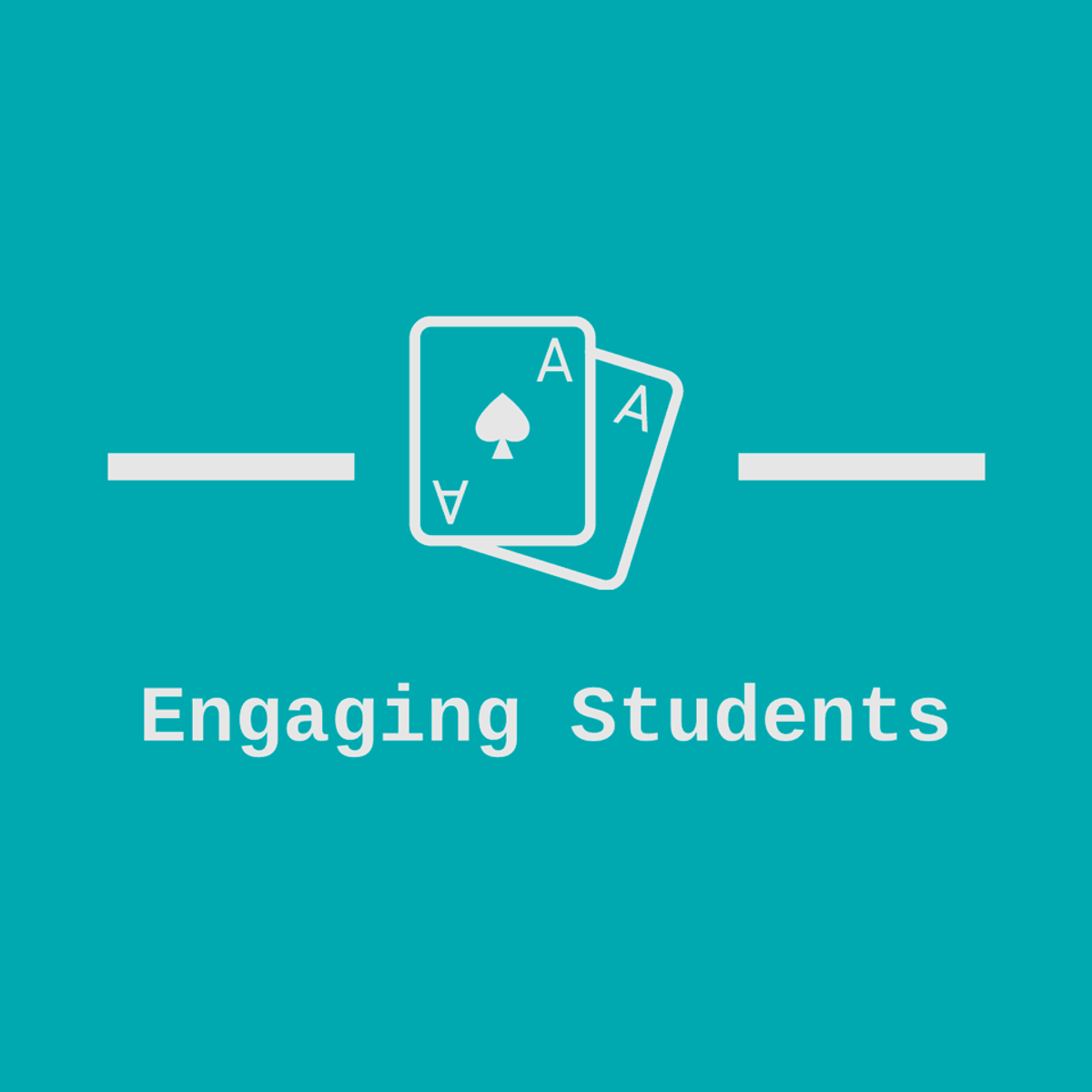Back to Courses









Personal Development Courses - Page 25
Showing results 241-250 of 514

Launch your first online meeting with ZOOM
At the end of this project, you will learn how to use the ZOOM platform to establish online meetings for personal or professional purposes.
This Guided Project is an introduction to ZOOM and is designed for people who want access to an easy-to-use, free, and powerful tool to connect virtually but privately with people anywhere in the world.
ZOOM offers secure access to create, manage or join telephone or video meetings with as many participants as you wish. In addition, ZOOM offers extensive features to animate your meetings, personalize them or make them more interactive. It is also a simple and free platform, accessible by computer, tablet or telephone, which is used by thousands of users around the world.
After completing this project, you will be able to access the platform, select and modify the main features offered and create your own virtual meeting.
This course works best for learners who are based in the North America region. We’re currently working on providing the same experience in other regions.

Emotional Intelligence: Cultivating Immensely Human Interactions
This course is a multi-media exploration into important intra- and interpersonal skills required for Emotional Intelligence. Professors Sanchez-Burks and Alexander teach a model that brings together all of the areas that are necessary to improve and take skills in the interpersonal space to the next level. People call these ‘soft skills’ when in fact they are the hardest part of great leadership and the biggest contributor to team success. Through theory, assessments, animated vignettes, and video clips, participants will be able to see themselves and others, as well as analyze their own and others’ behaviors. This is a skill-building course based on published research in multiple fields.

Building Confidence in the Future
Welcome to Leading StandOut Teams: Building Confidence in the Future.
This course will help you build your own specific vision to share with your team. We’ll define what is it that makes your company so special. And we’ll explore the value you, your team, and your company provide to your clients, and how you can keep that front-of-mind to ensure that the people you serve can see the unique value you offer.
By the end of the course, you will be able to:
- Build a detailed vision of the next six months for your team.
- Describe what makes your company special and explain how you can make sure your team members feel it in their own ways.
- Create a compelling picture of why clients need your company.
Modules Include:
One: Vision: The Next 6 Months. What does a vision look like for your team, and how does it connect to the vision for your company? Build your own specific vision to share with your team.
Two: What Makes This Company Special? So, what is it that makes your company so special? And once you figure that out, how do you make sure your team members feel it too, in their own ways? Explore these questions.
Three: Why Clients Need Us. Explore the value you, your team, and your company provide to your clients, and how you can keep that front-of-mind to ensure that the people you serve can see the unique value you offer.
This is a beginner's course, intended for team leaders with an interest in Leading StandOut Teams. It includes lecture videos by StandOut Strengths Coaches, practice quizzes, graded quizzes, peer-reviewed assignments, discussion prompts, and activity guides to facilitate ongoing learning and provide a structure to make sense of learning so that it can be embedded into real change.
To succeed in this course, you should be willing to self-reflect and open to shifting perspectives. Making the effort will result in a positive and fulfilling response.

Use Microsoft PowerPoint to Create a Visual Schedule
By the end of this project, you will have created a visual schedule that you can use with your class to provide structure for their day. Visual schedules can relieve any anxiety students may have about what comes next and provide an opportunity to discuss any changes to the day. This will help your students feel more calm and ready to learn. Visual schedules are also essential tools for students with Autism Spectrum Disorder or learning needs. By using a visual schedule, you can differentiate their learning goals for the day in a way that allows them to feel prepared for each new task and ready to move on when each task is complete.

Advanced Information Literacy
This course is designed to build upon a learner's search skills and expertise in the information literacy concepts that underpin scholarship at college or university. This badge incentivizes them to continue improving their information literacy competencies over their academic and workplace career. By participating in this course, one can use these advanced search skills to save time conducting literature reviews, efficiently gather and organize information, ethically use sources, and protect their own intellectual property.
Learners will work independently on a topic of their choosing and receive feedback from their peers throughout the process. The modules build on each other and provide learners with a framework (project outline). The final project is disseminated as a digital object that exemplifies the learner’s status as an emerging scholar or professional.
The modules are self-paced, the estimated completion time for each module is 2 hours. The content within each module can be paused at any time, with the exception of the quiz at the end of each module.
In addition to earning a certificate from Coursera for this course, you'll also receive a Micro-Credential Digital Badge from the University at Buffalo, the State University of New York recognizing your accomplishment. Use your verified digital badge to promote your achievement online, and access job insights related to your new skills. Upon completion of each individual course and the complete Specialization, you will receive an email from Coursera with directions on how to claim your badge. Payment or participation through an official Coursera promotional offer is required to have full access to the course and to qualify for the Coursera Certificate and Digital Badge.

English for Teaching Purposes
Thinking about teaching your university subject in English but it’s not the Language you normally use?
Then, English for teaching purposes is the course for you. A course on English and teaching methodology that aims to help university lecturers do their teaching in English, in line with university internationalisation policies.
The course structure is the same for all learners and there are opportunities for them to link up with colleagues from universities all over the world who share the same discipline and discourse community, to ask questions and exchange ideas.
This MOOC targets lecturers who wish to begin using English in their teaching. A priori, this means university lecturers from countries where English is not the L1 or a widely-used language (Romance language-speaking countries, for example), though in fact the course is open to teachers from all educational stages who want to teach through English, following the principles of EMI (English Medium Instruction).
On completing the course, you should be able to do the following.
a) Teach a university subject in English, having gained the necessary confidence and skills.
b) Integrate all aspects of CLIL (methodological, pedagogical, strategic, attitudinal, motivational, linguistic, sociolinguistic and pragmatic) to put together their own English-medium course on their particular subject.
c) Describe the characteristics of the university lecture discourse genre (planning, agents, channels, phases, dynamics, and current flexibility of the genre).
d) Understand and perform the basic linguistic macro-functions within English teaching discourse.
e) Understand and perform, using the appropriate linguistic exponents (vocabulary, structures, and phraseology), the main micro-functions in English teaching discourse: metalinguistic, informative, evaluative, inductive, and social.
f) Consolidate their oral expression and interaction skills, and their grammar and vocabulary, at English levels C1 and C2 as defined by the Council of Europe.
English for Teaching Purposes is a course provided by the Language Service at the Universitat Autònoma de Barcelona (UAB).
Teaching Children with Visual Impairment: Creating Empowering Classrooms
In the education of children with visual impairment, there is at present a global movement away from segregated special schooling, and towards inclusive neighbourhood schools. Inclusion provides an opportunity for everyone, teachers as well as learners, to become more acquainted about life with visual impairment and to overcome some of the barriers of difference which have existed in the past. But if it is to be successful, teachers and others require key skills and insights in order to create classroom environments which fully accommodate the learning needs of children with visual impairment. In this course, you will discover the visually impaired child by recognizing that there are many different eye conditions and that each affects learning and behavior differently. During the course, we will explore the Expanded Core Curriculum, which is a collection of content areas that teachers integrate into the core curriculum to give visually impaired learners access to knowledge that sighted learners gain through observation. You will also learn how to make your classroom, the content, your teaching, and the assessments accessible through curriculum differentiation strategies. By the end of the course you will have the necessary tools to create empowering classrooms where you can teach children with visual impairment in an inclusive, accessible, and attuned space.
You will be able to purchase a Verified Certificate if you wish to show evidence of your achievements, but this is optional, and you may apply for Financial Aid if you are unable to pay the certificate fee.

Cracking the Creativity Code: Discovering Ideas
Skill at discovering new ideas, and delivering them, may be one of the most important practical job skills, in today’s and tomorrow’s job market. Creativity is an acquired skill, one that improves with practice. This course aims to empower individuals who believe they have lost their innate creativity, because they, their employers or teachers prefer the three R's: replication, repetition and rote, to innovation. We show how to re-ignite rusty creative powers.
During this course, you will learn proven tools, frameworks and concepts useful for discovery– generating an endless stream of new ideas implementing at least some of those ideas with skill and persistence, based on books and articles written by the instructors.
In the first part of the course, you will learn a proven structured method for generating and implementing world-changing ideas known as ‘Zoom in, Zoom out, Zoom in’ that makes creativity more accessible to everyone. In the following weeks, you will learn practical proven tools useful for delivering ideas by employing the basic principles of business and management. You will practice the method, use it to tackle challenging real-world needs and produce a 2-3 minutes video presenting your idea.
Course Learning Outcomes
On successfully completing this four-week course, you will be able to:
- Manage a process to generate an unending stream of creative ideas
- Lead a process of innovation and implement ideas through all phases from discovery to delivery.
- Apply creativity to a wide range of strategic management issues.
- Solve problems with a high degree of innovation, creative thinking and risk taking.
- Use and apply proven structured method for generating and implementing world-changing ideas known as ‘Zoom in, Zoom out, Zoom in’.
- Develop and implement an innovation in your own practice.
- Identify new and unfamiliar challenges and reflect on these challenges from a creative point of view, action they require and service they provide.
- Demonstrate creative problem solving skills for defining, structuring and solving real world operations management problems.

Recognizing Team Members
Welcome to Leading StandOut Teams: Recognizing Team Members!
This course will explore the topic of recognition, which includes acknowledgement, attention, and even just noticing the work that’s done. Then we will consider how important timing can be in recognizing your team members. Finally, we're going to ask you to assume your assumptions are wrong.
By the end of the course, you will be able to:
- Describe how recognition plays an important role in a team environment and discover three ways to recognize individuals.
- Understand how important timing can be in recognizing your team members.
- Learn how to identify what matters most to your team members.
Modules Include:
One: The Way You Recognize. Explore the topic of recognition, which includes acknowledgement, attention, and even just noticing the work that’s done. It’s not always public, it’s not always in the form of a reward, and it’s not necessarily meant to influence behavior.
Two: Timing Recognition. Consider how important timing can be in recognizing your team members.
Three: What Matters. Do you know what matters to your team members? Assume your assumptions are wrong. Or at least be open to having them turned on their heads.
This is a beginner's course, intended for team leaders with an interest in Leading StandOut Teams. It includes lecture videos by StandOut Strengths Coaches, practice quizzes, graded quizzes, peer-reviewed assignments, discussion prompts, and activity guides to facilitate ongoing learning and provide a structure to make sense of learning so that it can be embedded into real change.
To succeed in this course, you should be willing to self-reflect and open to shifting perspectives. Making the effort will result in a positive and fulfilling response.

Science of Training Young Athletes Part 2
In this course you will learn how to design the type of training that takes advantage of the plastic nature of the athlete’s body so you mold the right phenotype for a sport. We explore ways the muscular system can be designed to generate higher force and power and the type of training needed to mold the athlete's physical capacity so it meets the energy and biochemical demands of the sport.
We also examine the cost of plasticity when it is carried beyond the ability of the body to adjust itself to meet the imposed training stresses. The cost of overextending plasticity comes in the form injuries and chronic fatigue. In essence, a coach can push the athlete’s body too far and it can fail. Upon completion of this course you will be able to assemble a scientifically sound annual training plan.
Popular Internships and Jobs by Categories
Find Jobs & Internships
Browse
© 2024 BoostGrad | All rights reserved